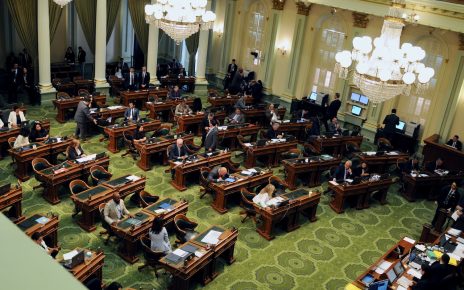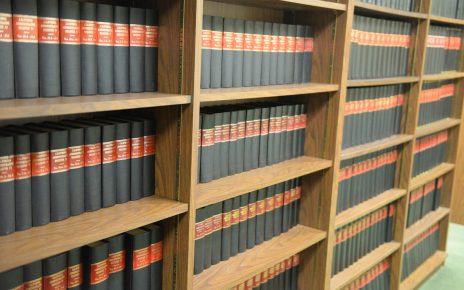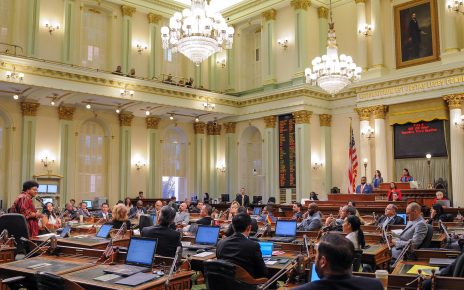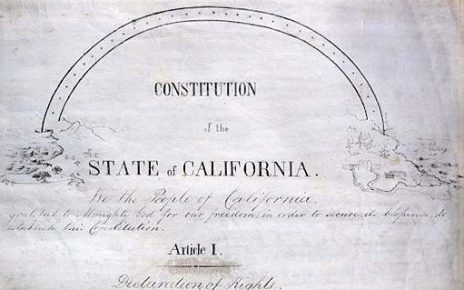The California Legislature and Gaming
The California Constitution, in Section 19 of Article IV, contains specified limitations and grants of power relating to gaming being conducted in the State of California. Article IV deals with the legislative branch of government and Section 19 touches upon...







